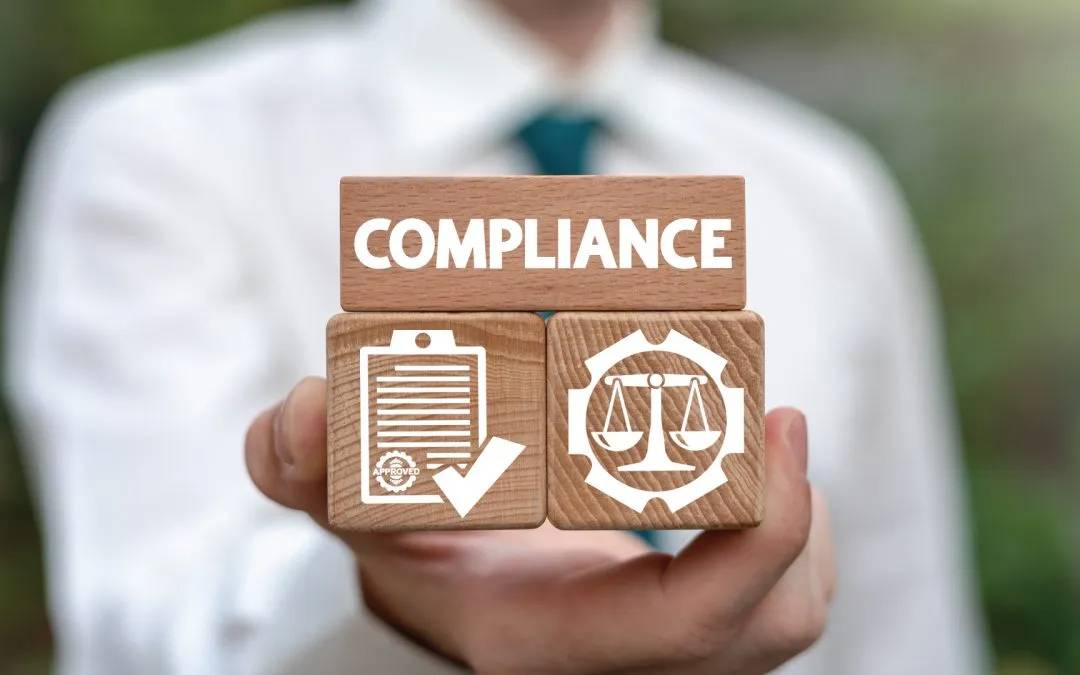
WARRANTY
Relevant New Zealand Building Code Clauses (Balustrade):
• B1 Structure: Performance clauses B1.3.1, B1.3.2, B1.3.3 B1.3.4.
• B2 Durability: Performance clauses B2.3.1(b) and B2.3.2.
• D1 Access Routes — D1.3.3 (j, k)
• E2 External Moisture: Performance clause E2.3.2 and E2.3.7.
• E3 Internal Moisture: Performance clause E3.3.1
• F2 Hazardous Building Materials: Performance clauses F2.3.1, F2.3.2, F2.3.3.
• F4 Safety from Falling: Performance F4.3.1 and F4.3.4.
• F9 Means of restricting access to residential pools — F9.3.1, F9.3.3
• G7 Natural Light: Performance G7.3.1 and G7.3.2.
• H1 Energy Efficiency: Performance clauses H1.3.1, H1.3.2E and H1.3.3.
Statement on how the building product is expected to contribute to compliance:
F2 – Hazardous Building Materials Provides an acceptable solution and verification method for safe
guarding people, protecting them from injury or illness citing NZS ZS 4223 Part 3 2016 as means of
compliance.
F4 – Safety from Falling Provides an acceptable solution and verification method to confirm
buildings are constructed to reduce the likelihood of accidental fall. It requires barriers where
people could fall 1 meter or more.
B1 – Structure Provides an acceptable solution and verification method to confirms buildings
withstand likely loads, including wind, earthquake, live and dead loads (people and building
contents). This clause sets requirements around the combination of loads that buildings, building
elements and site-work are likely to experience during construction, alteration and throughout their
lives. The performance requirements outline how buildings should be stable, not degrade and
withstand physical conditions to protect lives and other property. It makes due allowance for the
intended use of a building, the consequence of failure and other limitations.
B2 – Durability defines minimum durability requirements for materials and fixings used in
balustrades and barriers. The requirements range from 5 to 50 years depending on whether the
element is structural and how difficult it is to replace. In some cases, the 50-year requirement will
apply to fixings for structural elements of safety barriers, but in most cases 15 years is adequate.
D1- Access Routes defines accessible routes and how handrails are used, but they are not required
if it is not an accessible route.
E2 – External Moisture deal with balustrade to wall and deck drainage, junctions and balustrade
fixing to ensure the building is water tight, and it also covers compatibility of materials.
F9 - Means of restricting access to residential pools
F9.3.1 Residential pools must have or be provided with physical barriers that restrict access to the pool or the immediate pool area by unsupervised young children (i.e., under 5 years of age).
F9.3.3 A barrier surrounding a pool must have no permanent objects or projections on the outside that
could assist children in negotiating the barrier. Any gates must:
a. open away from the pool; and
b. not be able to be readily opened by children; and
c. automatically return to the closed position after use.
Durability Requirements of Nominated Building Elements: Interpreting B2 with respect to
glazed balustrade design:
Relevant standards:
Balustrade Channel, and/or its component parts, are tested, fabricated and specified to comply with the following standards, as relevant to the project specifications:
• NZS 4211:2008 Specification for the performance of windows
• NZS 4223 Code of practice for glazing in buildings - Part 1:2008 Glass selection and glazing
• NZS 4223 Code of practice for glazing in buildings - Part 2:2016 Insulating glass units
• NZS 4223 Code of practice for glazing in buildings - Part 3:2016 Human impact safety requirements
• NZS 4223 Code of practice for glazing in buildings - Part 4:2008 Dead, wind and snow loading
• NZS 3602:2003 Timber and wood-based products for use in buildings
• AS/NZS 1170.2:2021 Structural design actions, Part 2: Wind actions
• AS 3715:2002 Metal finishing – Thermoset powder coatings for architectural applications of Aluminium and Aluminium alloys.
Balustrade Summary (glazing safeguarding a fall)
- Balustrades, fences and screens that safeguard the occupants from falling 1000mm or more from
the floor, deck, or balcony level are defined in NZS4223.3.2016 as a barrier. Such barriers shall meet
the requirements of NZBC Clause F4, and resist the barrier actions from AS/NZS 1170.1 in
accordance with Verification Method B1/VM1 of Clause B1.
- The glazing shall also meet the requirements of NZS 4223.4 or AS/NZS 1170.2 as applicable.
- Pool Fences shall also meet the requirements of NZS 8500 as applicable.
- Glass design shall be in accordance with NZS 4223: Parts 1, 3, and 4, Acceptable Solution B1/AS1,
F2/AS1 and F4/AS1 with engineering design loads from B1/VM1 and AS/NZS 1170.
- Engineering may require Finite Element Analysis for glass specific design.
- Product prototype testing may be required to prove compliance, if the procedures in AS/NZS 1170
are not sufficient.
